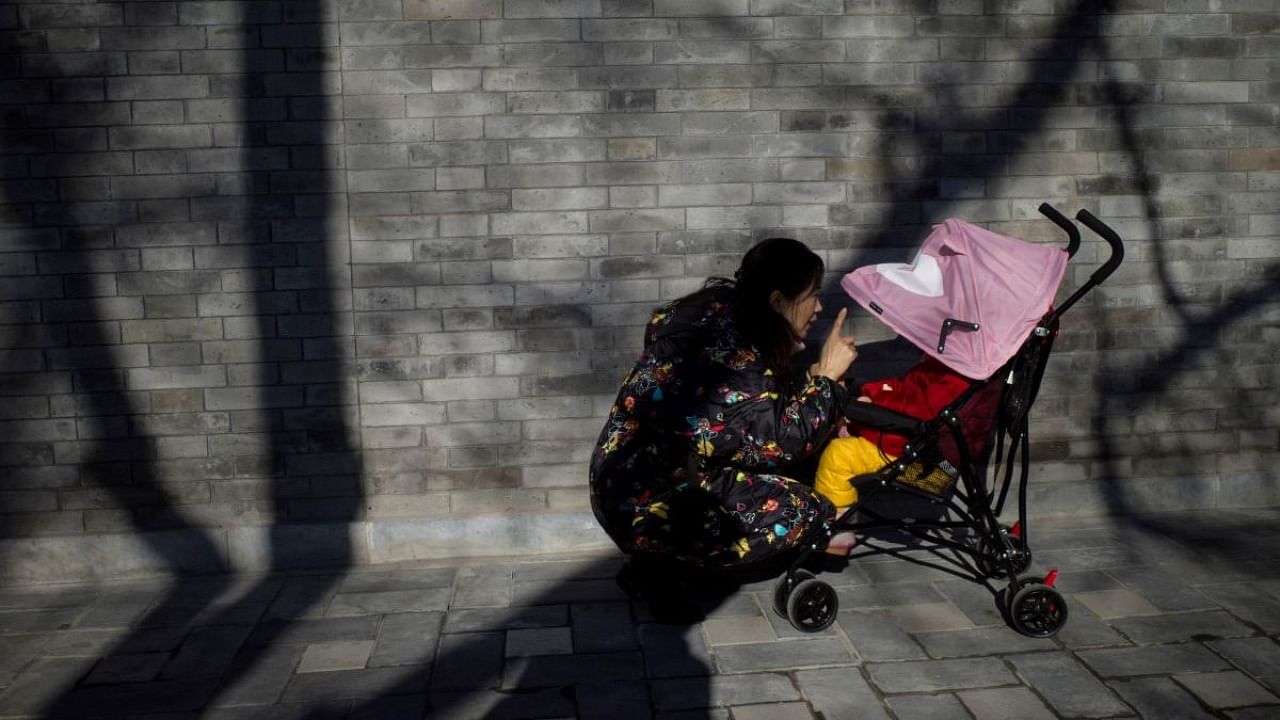
China's birth rate has plummeted to its lowest level since 1978 as the government struggles to stave off a looming demographic crisis, The Guardian reported.
Data released by the country's national bureau of statistics shows there were 8.5 births per 1,000 people in 2020, the first time in decades that the figure has fallen below 10. The statistical yearbook, released at the weekend, said the natural rate of population growth - taking in births and deaths - was at a new low of 1.45, the report said.
The government is under pressure to prevent a potential population decline after decades of interventionist policies on childbirth and more recent pressures including high living costs, the report said.
It did not give reasons for the dramatic drop, but demographers have previously pointed to the relatively low number of women of child-bearing age and the rising cost of raising a family.
The yearbook reported a drop in per capita spending on educational, cultural and recreational costs, and health and medical services for rural and urban Chinese, and an increase in household income. Housing costs also rose, the report said.
China's population woes are largely driven by a one-child policy that was implemented in 1980 and ran - with some exemptions - until 2015, but they are part of a broader pattern around the world, particularly in East Asia.
Governments and local authorities have introduced a swathe of policies seeking to reverse the trend, from relaxing limits on having children, to easing costs associated with education and child rearing, and introducing mandatory "cooling off periods for divorce".
China's yearbook revealed a fall in divorces for the first time since at least 1985, to about 4.3 m, though there were also fewer marriages, 8.14 m, compared with 9.27 m the year before, the report added.
Check out latest DH videos here